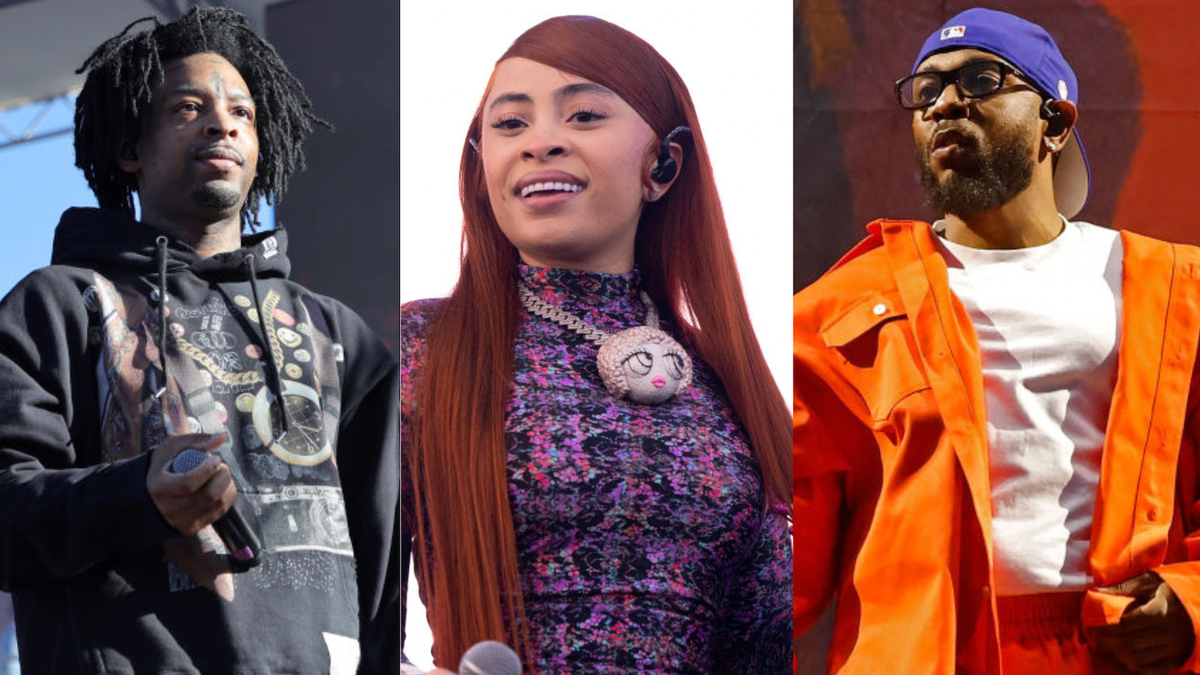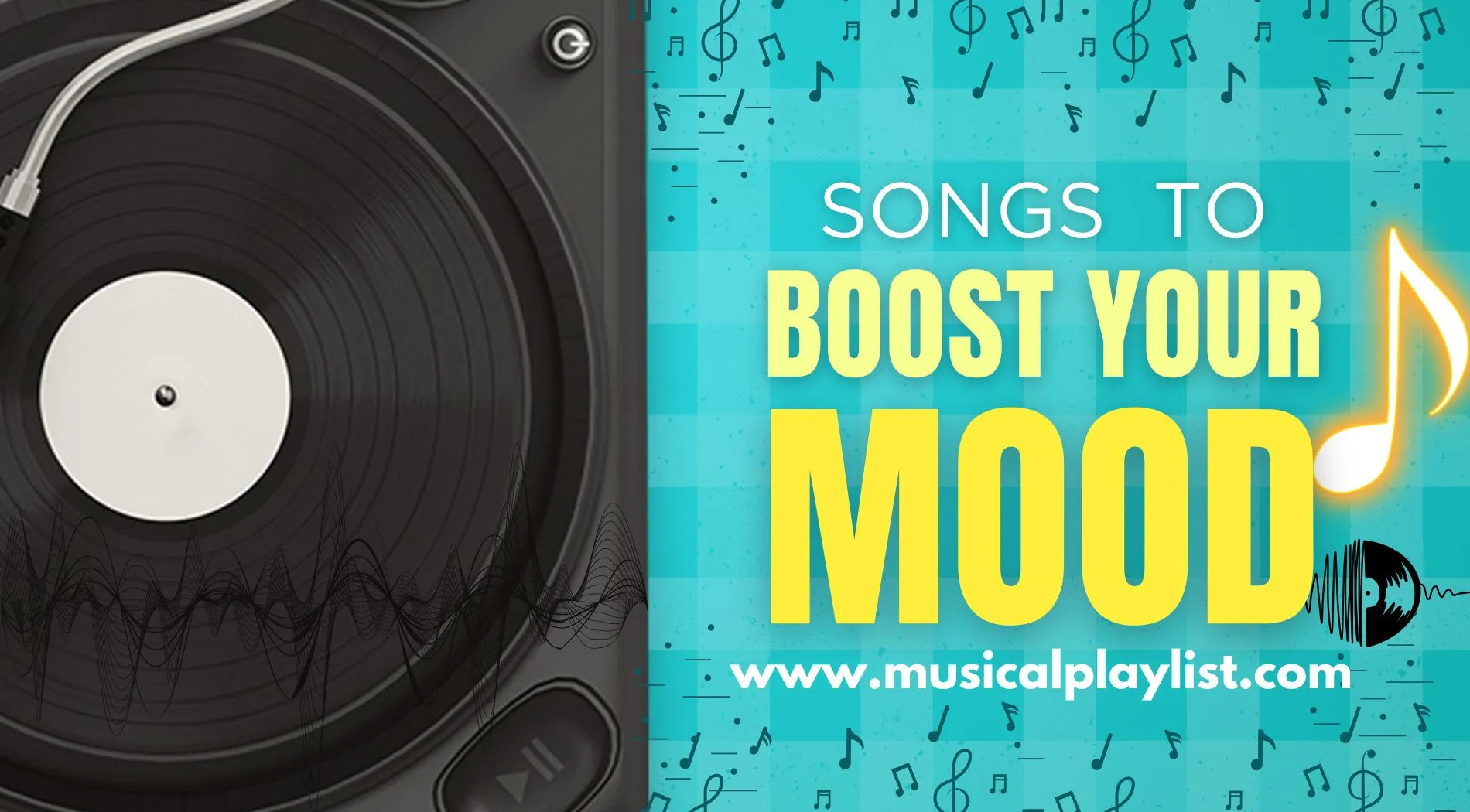In the enormous world of music, two genres stand out: pop and hip-hop. Each has its own unique qualities, fan following, and cultural effect. But what separates them? Let's go into the subtleties of pop and hip-hop to discover what distinguishes each genre.
Origins and Evolution

Popular music follows its foundations back to the mid twentieth hundred years, with impacts from different sorts like stone, jazz, and soul. It acquired boundless notoriety with the ascent of radio and TV, becoming inseparable from infectious songs and standard allure. Then again, hip-jump arose in the last part of the 1970s in New York City, conceived out of African American and Latino people group. It incorporates components of rap, DJing, spray painting craftsmanship, and breakdancing, mirroring the financial real factors of metropolitan life.
Musical Characteristics
Popular music is described by its accentuation on tune, frequently including infectious snares and chime in melodies. It regularly follows a section ensemble structure, with straightforward yet significant game plans. Conversely, hip-jump puts more noteworthy accentuation on cadence, with complicated beats and rhymes driving the music forward. The expressive substance frequently resolves social issues, individual encounters, and metropolitan culture.
Cultural Influence
Popular music appreciates far and wide worldwide allure, overwhelming wireless transmissions and outlines all over the planet. Its specialists frequently achieve VIP status, affecting style, patterns, and way of life decisions. Hip-jump, then again, has establishes in underestimated networks yet has risen above limits to turn into a worldwide peculiarity. It fills in as a voice for the underrepresented and resolves issues of race, imbalance, and civil rights.
Mainstream Success vs. Underground Appeal

Popular music blossoms with its standard allure, taking care of a wide crowd segment. It rules business stages and earns broad media inclusion. Conversely, hip-jump has its foundations in underground scenes, with craftsmen earning respect through grassroots developments and road exhibitions. While some hip-jump specialists make standard progress, many stay consistent with their underground roots.
Collaborations and Cross-Pollination
Both pop and hip-jump craftsmen frequently work together, obscuring the lines among types and making half and half styles. Joint efforts between pop vocalists and hip-bounce craftsmen have delivered outline beating hits and extended the range of the two kinds. Hip-bounce's impact on popular music creation is obvious in the utilization of examining, beatboxing, and metropolitan shoptalk.
Fashion and Image
Pop stars are known for their stylish picture and chic style, frequently starting precedents in attire, hair, and cosmetics. Hip-bounce style, then again, draws motivation from road culture, with specialists donning loose garments, shoes, and gaudy adornments. The two classes altogether affect standard style and impact buyer inclinations.
Social Commentary and Subject Matter

Popular music frequently investigates all inclusive subjects like love, connections, and individual strengthening. Its verses are by and large cheerful and interesting, interesting to a wide crowd. Conversely, hip-bounce digs into more perplexing topic, resolving issues like prejudice, neediness, and police ruthlessness. It fills in as a stage for social editorial and strengthening, giving a voice to underestimated networks.
Audience Demographics
Popular music takes special care of a different crowd, spreading over various age gatherings, sexes, and social foundations. Its standard allure makes it available to audience members of all preferences and inclinations. Hip-jump, then again, has an overwhelmingly youthful and metropolitan crowd, with a solid presence in minority networks. In any case, its impact stretches out past racial and social limits, resounding with audience members around the world.
Impact on Society
Popular music assumes a critical part in molding social standards and cultural mentalities. It reflects and supports standard qualities, impacting purchaser conduct and mainstream society. Hip-jump, then again, challenges cultural standards and addresses issues of civil rights and imbalance. It has been instrumental in bringing issues to light about metropolitan neediness, bigotry, and fundamental mistreatment.
Evolution of Production Techniques
Popular music creation has advanced essentially throughout the long term, integrating computerized innovation and electronic instruments. Makers use studio impacts, auto-tune, and synthesizers to make cleaned and business cordial tracks. Interestingly, hip-jump creation frequently depends on examining, where bits of existing music are reworked and layered to make new organizations. Beatmaking and scratching procedures are likewise indispensable to hip-bounce creation, adding profundity and intricacy to the music.
Critics and Controversies

Popular music has confronted analysis for its apparent absence of validness and dependence on business patterns. Pundits contend that it advances triviality and realism, focusing on picture over substance. Hip-jump, then again, has been the subject of debate because of its express verses, depiction of savagery, and glorification of criminal way of behaving. In any case, defenders contend that hip-bounce fills in as a voice for the underestimated and reveals insight into social issues that traditional press ignores.
Global Trends and Regional Variations
Popular music's flexibility permits it to flourish in assorted social settings, with territorial varieties and subgenres arising all over the planet. From K-pop in South Korea to Bollywood music in India, popular music proceeds to advance and impact worldwide patterns. Essentially, hip-jump has spread to each side of the globe, with craftsmen integrating nearby sounds and dialects into their music. Local styles, for example, West Coast hip-jump, UK grime, and Latin snare exhibit the class' variety and development.
Future Outlook
The eventual fate of popular music lies in its capacity to embrace new advancements and draw in with assorted crowds. As streaming stages reshape the music business, pop craftsmen should adjust to changing utilization propensities and crowd inclinations. Likewise, hip-bounce's future lies in its capacity to remain consistent with its underlying foundations while advancing with the times. As the voice of an age, hip-jump will keep on pushing limits and rock the boat, impacting music, culture, and society into the indefinite future.
Conclusion
Pop and hip-hop difference genres, each with its own set of traits, fan bases, and cultural significance. While pop music relies on public appeal and appealing melodies, hip-hop is used as a platform for social critique and empowerment. Both genres have had an everlasting impact on music and society, influencing how we listen, think, and interact with the world around us.
FAQs
Q. Are pop and hip-hop the most popular music genres worldwide?
Ans: While pop and hip-jump appreciate boundless prevalence, different sorts like stone, electronic, and R&B additionally have huge fan bases around the world.
Q. Can pop and hip-hop artists collaborate effectively?
Ans: Indeed, joint efforts between pop vocalists and hip-bounce specialists have delivered numerous fruitful tracks, displaying the adaptability of the two types.
Q. What role does fashion play in pop and hip-hop culture?
Ans: Design is a fundamental piece of both pop and hip-bounce culture, with specialists frequently starting precedents and affecting standard style decisions.
Q. How do pop and hip-hop differ in terms of lyrical content?
Ans: Popular music frequently investigates general topics like love and connections, while hip-jump dives into more perplexing topic like civil rights and imbalance.
Q. What are some emerging trends in pop and hip-hop music?
Ans: Arising patterns incorporate the utilization of computerized creation strategies, coordinated effort with craftsmen from various classes, and a developing accentuation on friendly activism and strengthening.




